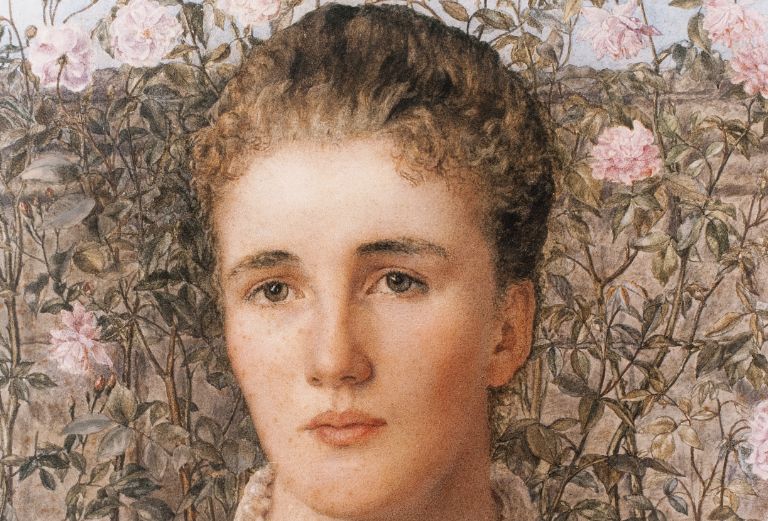
This International Women’s Day, professional placement student Yewan Hong shares about the remarkable life of Louise Creighton.
Throughout the long history of Fulham Palace, there have been numerous women who have made their mark at the Palace. Sister Mary Latchmore cared for recovering soldiers in World War II when the Palace was converted into the Freemasons Hospital No. 2 and Christina Broom, the UK’s first press photographer, documented pageants at the Palace in 1910. Louise Creighton remains most known for her publications such as the Life and Letters of her husband, published in 1904 as well her social activism.
Louise Creighton, wife to Mandell Creighton (Bishop of London 1897 – 1901), devoted her life to the empowerment of women, encouraging women’s education and the right for women to work. Most notably, Louise was an influential advocate in the women’s suffrage movement.
Born in Kent on 7 July 1850, Louise was the daughter of merchant Robert von Glehn and his wife Agnes. Although she was home schooled, Louise passed the General Examination for Women with honours. She would later remark her regret of lacking a formal education and go on to advocate for other women to receive the education she did not have.
While attending a lecture in Oxford, Louise met Mandell Creighton. The two were later married on 8 January 1872 at St. Bartholomew’s, Sydenham. Mandell was supportive of Louise’s pursuits and was a source of encouragement as she wrote a series of historical primers — which would lead her to becoming involved in a women’s committee offering educational courses. With help from Mary Augusta and Charlotte Byron Green, the three organised a series of lectures for women in Oxford.
In 1875 the couple moved to Embleton in Northumberland where Louise again demonstrated her commitment her fellow women and created a mothers meeting as a branch of the Girls Friendly Society. Louise continued to establish herself as a successful writer of historical biographies and published A Child’s First History of England and The Bloom Off the Peach, a novel.
It was in 1884 while staying in Cambridge that Louise Creighton would become known as a national figure. Although successful in her writings and local pursuits encouraging women’s education, Louise then became involved in the women’s suffrage movement. At the same time, she also sought to improve the working lives of women and become involved with the National Union of Women Workers (NUWW).
While residents of Fulham Palace, both Bishop Creighton and Louise became concerned for their surrounding community. Although Fulham had been an agricultural district and home to market gardens and orchards, the private estates in Fulham had been bought up by speculative builders leaving the older houses to become overcrowded and unsanitary. With their community experiencing distress, the Creighton’s founded the nearby Bishop Creighton’s House to help those in need. This charity continues to care for those in need today.
After Mandell’s death in 1901, Louise continued her advocacy and involvement for social reform and women’s suffrage. She continued her writing and to promote the work of women missionaries. Louise would pass away on 15 April 1936, years after her husband. Her cremated remains were buried in her husband’s grave at St. Paul’s Cathedral.
Fulham Palace’s long and layered history is filled with influential and iconic women who not only contributed to the Palace’s unique history but were also notable figures of their time. Louise Creighton was a remarkable woman dedicated to improving the lives of others. Not only was she a loving wife and mother, but also a dedicated social activist. Her work has had lasting effects and her legacy is still remembered today.